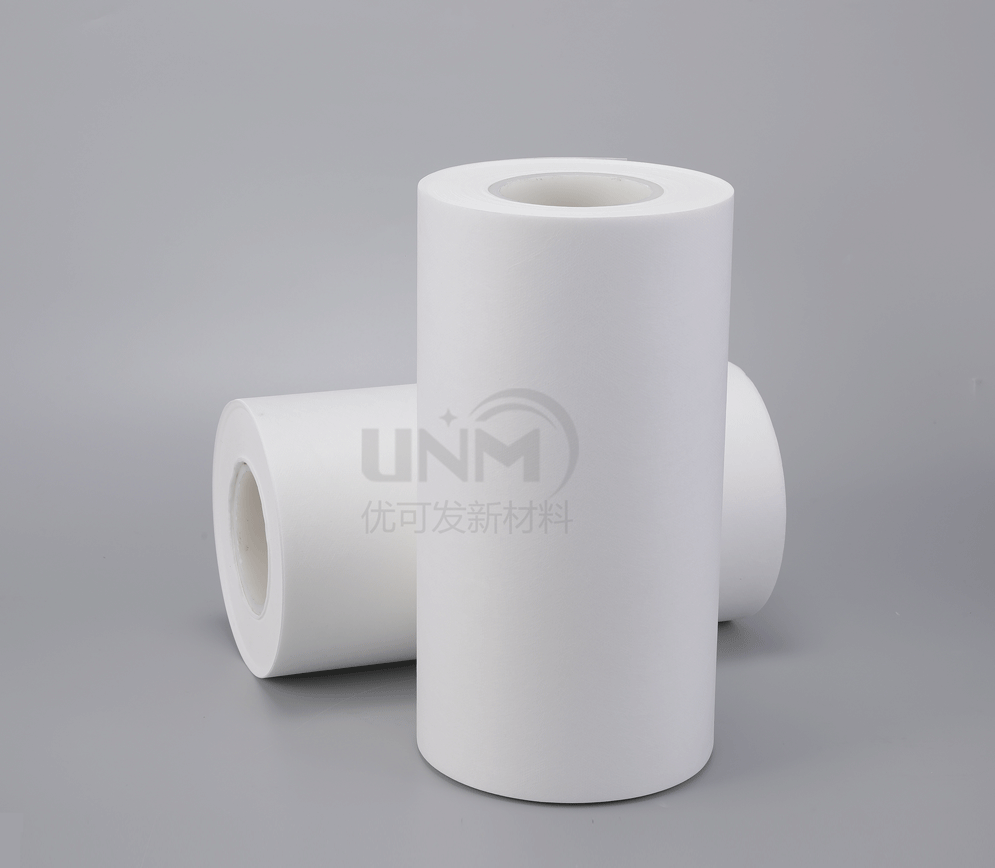Air filtration is a purification process in which the dust substances in the air are acted upon by a certain force, and the dispersed dust particles are removed from the gas using quite porous bodies. Below, Teflon H13 high-efficiency filter material will show you that the certain forces mentioned above refer to three types: inertial force, van der Waals force, and electrostatic force. Large particles move inertially in the airflow. When the airflow encounters an obstacle, the particles deviate from the direction of the airflow and hit the obstacle due to inertia. Due to the larger diameter and strong inertial force, the possibility of hitting the obstacle is greater, so the dust cannot pass through. filter material, so the filtration effect is good. Small particles move irregularly. Although they have some directions, they mainly move by diffusion. Since the fibers of the filter material are fine, the van der Waals force between the two micromolecules makes them bond together, so the dust cannot pass through the filter material. At this time, the filtration effect is good. . When we bring and maintain static electricity on the filter material, the static electricity can retain the dust and prevent the dust from passing through the filter material. At this time, the filtration effect is good.

During air filtration, dust particles suspended in the gas settle due to inertial collision, interception, diffusion and static electricity. For porous materials, their structure is fibrous, porous, or a combination of these structures, collectively referred to as filter materials. The filter material intercepts dust particles well without causing excessive resistance to the air flow. Air filter cotton and Teflon H13 high-efficiency filter material meet this requirement. The chaotically intertwined fibers form numerous barriers to particles, and the wide spaces between the fibers allow airflow to pass smoothly.
The captured dust creates additional resistance to the air flow, so the resistance of the filter gradually increases during use. The captured dust forms a new obstacle, so the filtration efficiency is slightly improved. Most of the captured dust gathers on the windward side of the filter material. The larger the filter material area, the more dust it can hold and the longer the filter life. The more dust accumulated on the filter material, the greater the resistance. When the resistance is greater than the design allows, the life of the filter is over. Sometimes, excessive resistance will cause the dust captured on the filter to fly away. When this danger occurs, the filter should also be scrapped.
Teflon H13 high-efficiency filter material is made by special processes such as mixing, extrusion, extrusion, calendering, and biaxial stretching. become. Moreover, the pore size of the material is small and the distribution is concentrated, achieving surface filtration to achieve a dust removal efficiency of 99.9%~99.999%. For some extremely fine particles with a diameter of 0.1um-0.3um, it can well prevent fine dust from entering the filter material. Teflon H13 high-efficiency filter material can operate at a continuous operating temperature of 240°C and an instantaneous temperature of 260°C. Interested parties can enter the store for consultation.
</p







